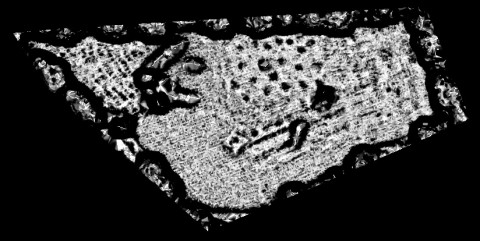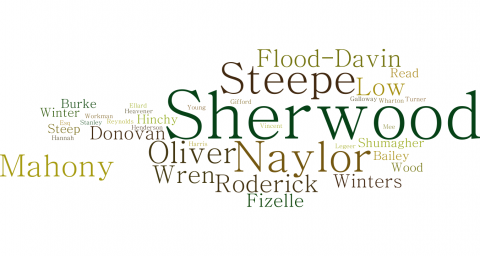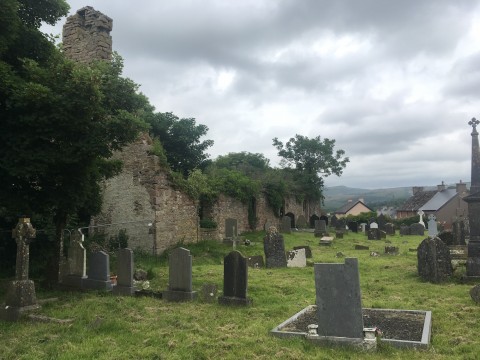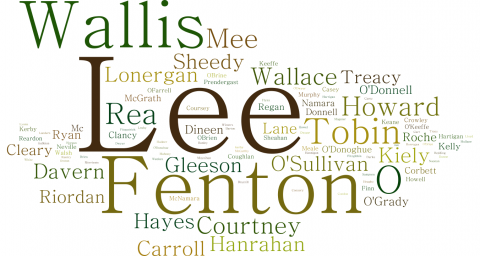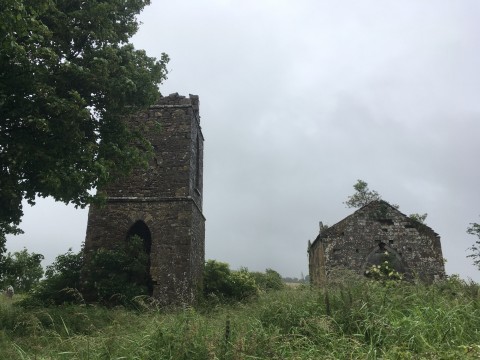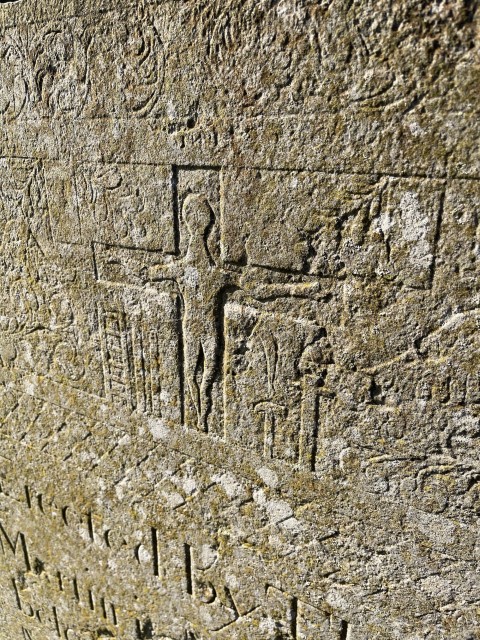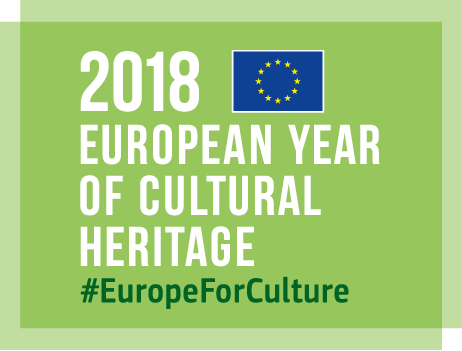The N25 road is only 200m to the west of Mill and Churchquarter graveyard and the traffic sounds dominate this soundscape. Audio recording commenced at 6.00am but the first wren cannot be heard til 30 minutes in - just as dawn commenced at 6.36 and sunrise was 7.13am (on 5th March) . Headphones recommended but traffic sounds and wind noise dominate.




